

Chase is very proud to sponsor Mapping the African American Past. Along with our support for the African Burial Ground, America's newest National Monument, this historic project greatly illuminates the heroic struggle and major contributions of African Americans to both NYC's and our nation's past. The MAAP project, by writing this new history, is righting history for the first time. Its innovative mix of content and cutting edge learning technology will motivate broad interest in African American history and stimulate engaging discussions about it among current and future generations of learners. Virtually disregarded for hundreds of years, this new body of knowledge has many lessons that are relevant for America's students, teachers, families and the scholarly community. Our congratulations to the scholars at Columbia, the Columbia Center for New Media Teaching and Learning, Columbia's Teachers College and the Curriculum Concepts International development team for a job well done.
Kimberly Davis,
President of JPMorgan Chase Foundation

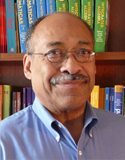
Land of the Blacks...Seneca Village...Slave Market...Execution Grounds...African Free School...African Burial Ground...Five Points...Colored Orphan Asylum. Where are these places, and why are they important?
Well, you might be surprised to learn that they are all located in New York. I was.
These are some of the most important historical sites where people of African descent such as Frederick Douglass, Sojourner Truth, Harriet Tubman, David Ruggles, and James McCune Smith helped shape the course of New York and the nation.
Their personal sacrifices and struggles, against all odds, are woven into the cultural fabric of America. These stories are an intimate snapshot of a people's courage, rebellion, and survival that hopefully will change the way we view history.
There are hundreds of untold stories and thousands of unsung heroes who deserve to be recognized. It is the hope of my coauthor, Elspeth Leacock, and myself that by helping to fill in this missing chapter of New York and American history, others will be encouraged to delve deeper into America's past and to write about it.
The MAAP project provides a unique insight into the African presence in New York for future and present generations to better understand how people from diverse backgrounds came together to build a free democratic society.
Reggie Powe,
Senior Author
Curriculum Concepts International Project Director

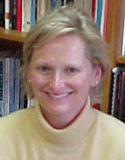
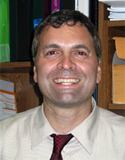
Scholarship on African American history has grown tremendously over the last twenty years. Unfortunately, many teachers still know too little about the subject. The Mapping the African American Past (MAAP) project brings this new scholarship into K-12 classrooms around the country. Teachers everywhere will benefit from the online resources, sample lesson plans, and historic maps that the MAAP website provides.
African American history is a required component of the New York State social studies curriculum in 4th, 8th, and 11th grades. As every teacher knows, however, it takes provision of good curriculum materials to make such requirements reality in many classrooms. MAAP answers that need. The MAAP project assists teachers at all levels in introducing this content through stories about building community, resisting slavery, and contributing to New York City's development.
It is also important to note that the history of New York City's African American community is compelling for other groups that have succeeded in the face of adversity. The stories, conflicts, and struggles MAAP introduces will inspire both established citizens and new immigrants to New York City.
Teachers College, Columbia University is proud to do its part in spreading the word about this essential feature of social studies curriculum.
Margaret Crocco,
Professor of Social Studies and Education
William Gaudelli,
Associate Professor of Social Studies and Education

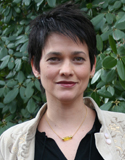

The Center for Public Archaeology (CfPA) at Hofstra University is dedicated to the integration of research, education, and community engagement as the basis of relevant archaeological programs focused on a diverse Long Island - past and present. Our work uses historical investigation of issues relevant to modern residents to shape Long Island's future.
The MAAP project is an opportunity to partner across modern boundaries. Reaching teachers, students and community members, MAAP uses history to honor African Americans, encourage learning, and teach preservation. We are excited to people the landscapes of Long Island's past as we look towards New York's future.
Jenna Wallace Coplin,
Director of Research and Outreach
The Center For Public Archaeology at Hofstra University
Christopher Matthews,
Executive Director
The Center For Public Archaeology at Hofstra University

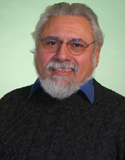
The struggle for social justice for African American people begins with the reconstruction of our collective memory. The MAAP project raises into the light for study and investigation the often submerged past of the African American people. Web-based learning universalizes access so that all the people in the world can simultaneously engage the same intellectual objects. Additionally, it allows for new forms of student activities consistent with contemporary active learning philosophies. CCNMTL is proud to be part of this important enterprise.
Frank Moretti,
Executive Director
CCNMTL